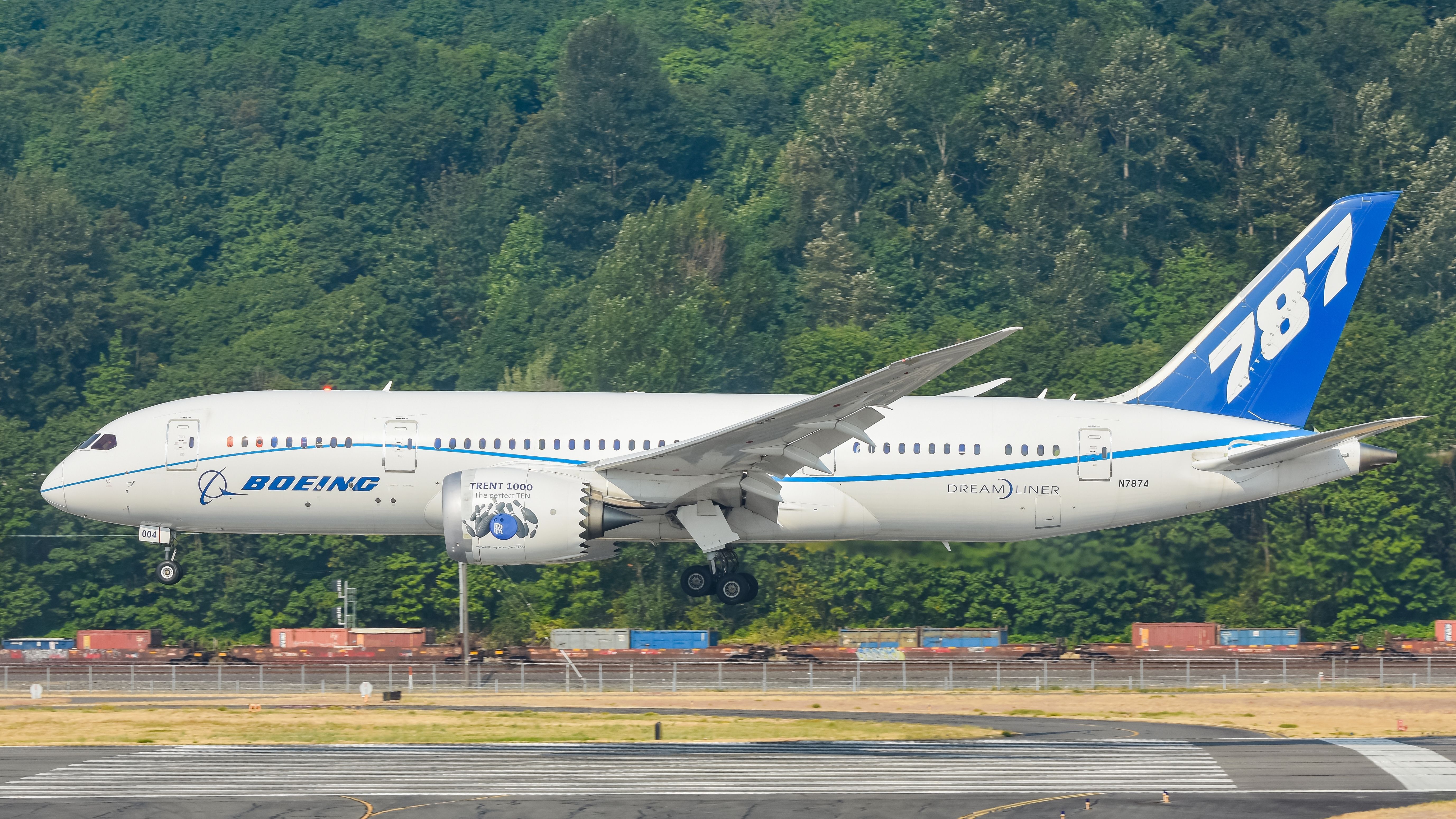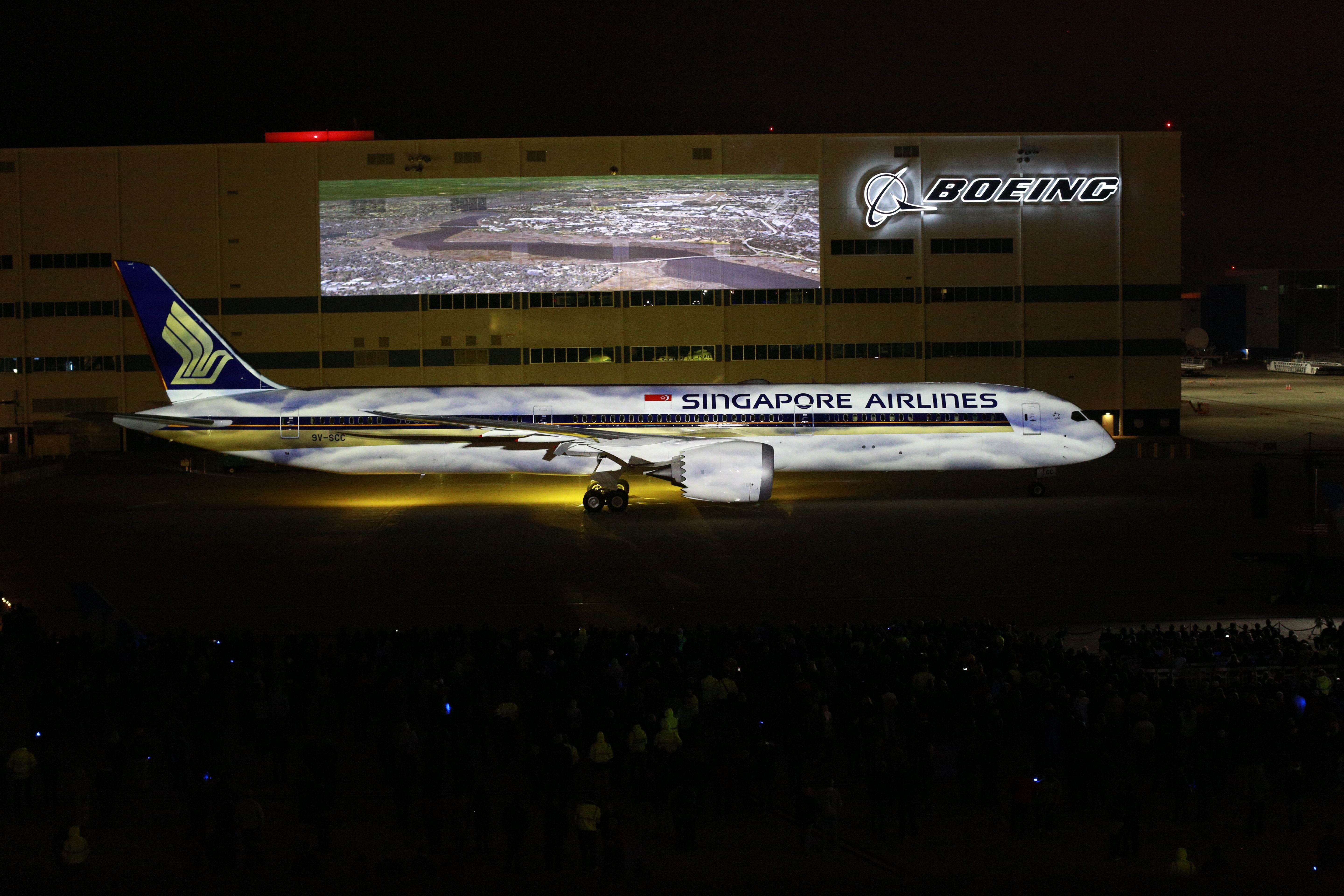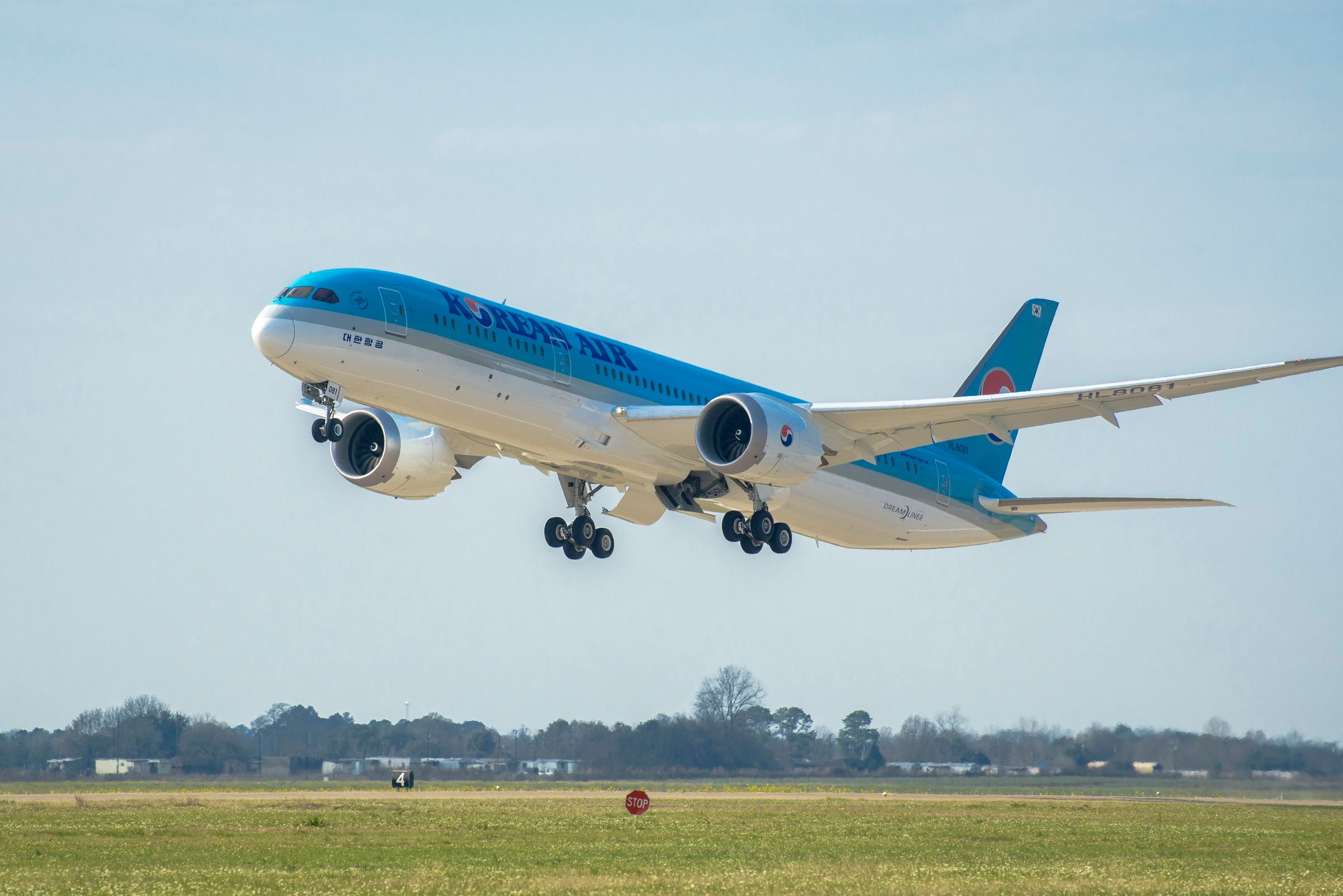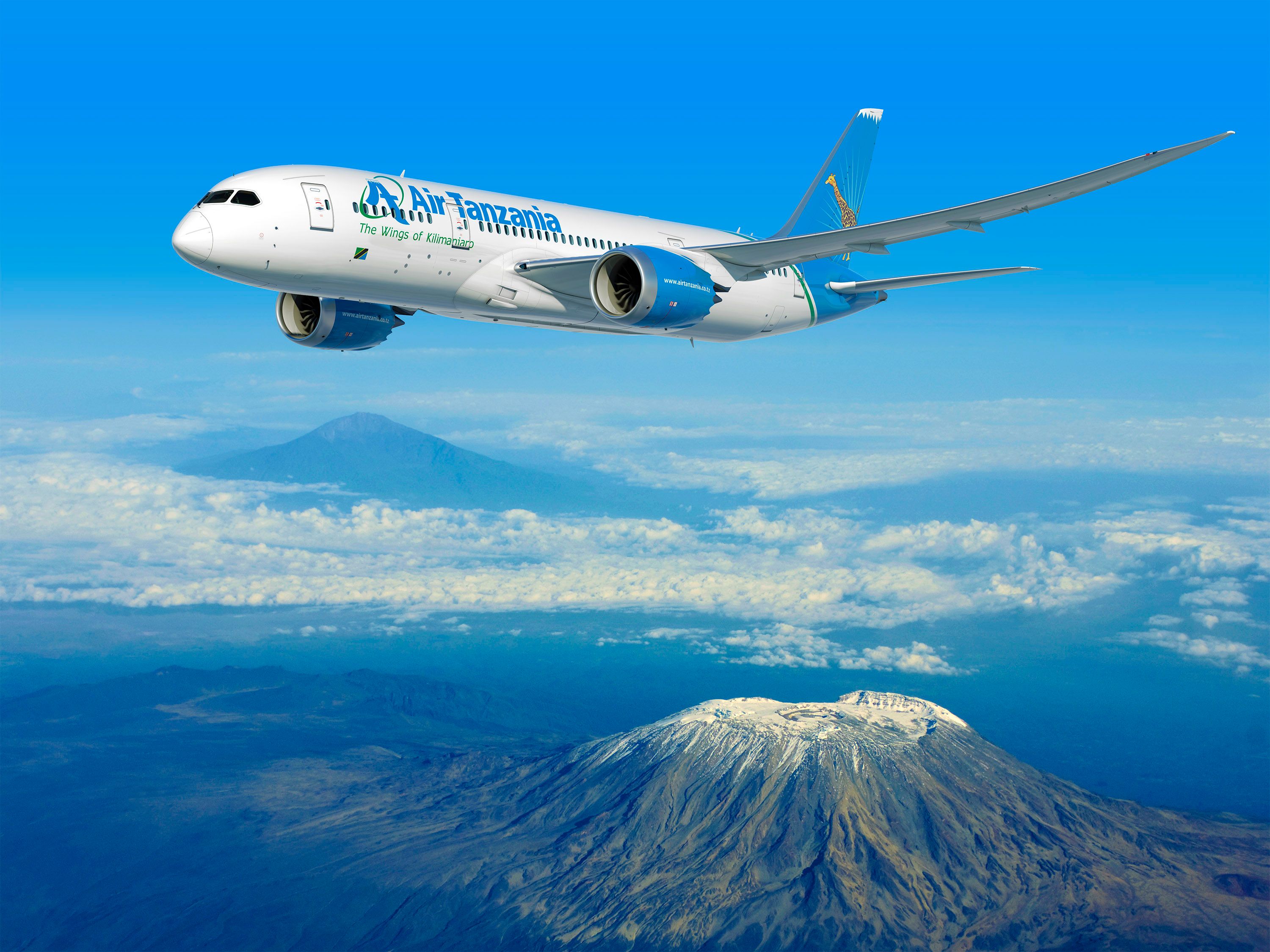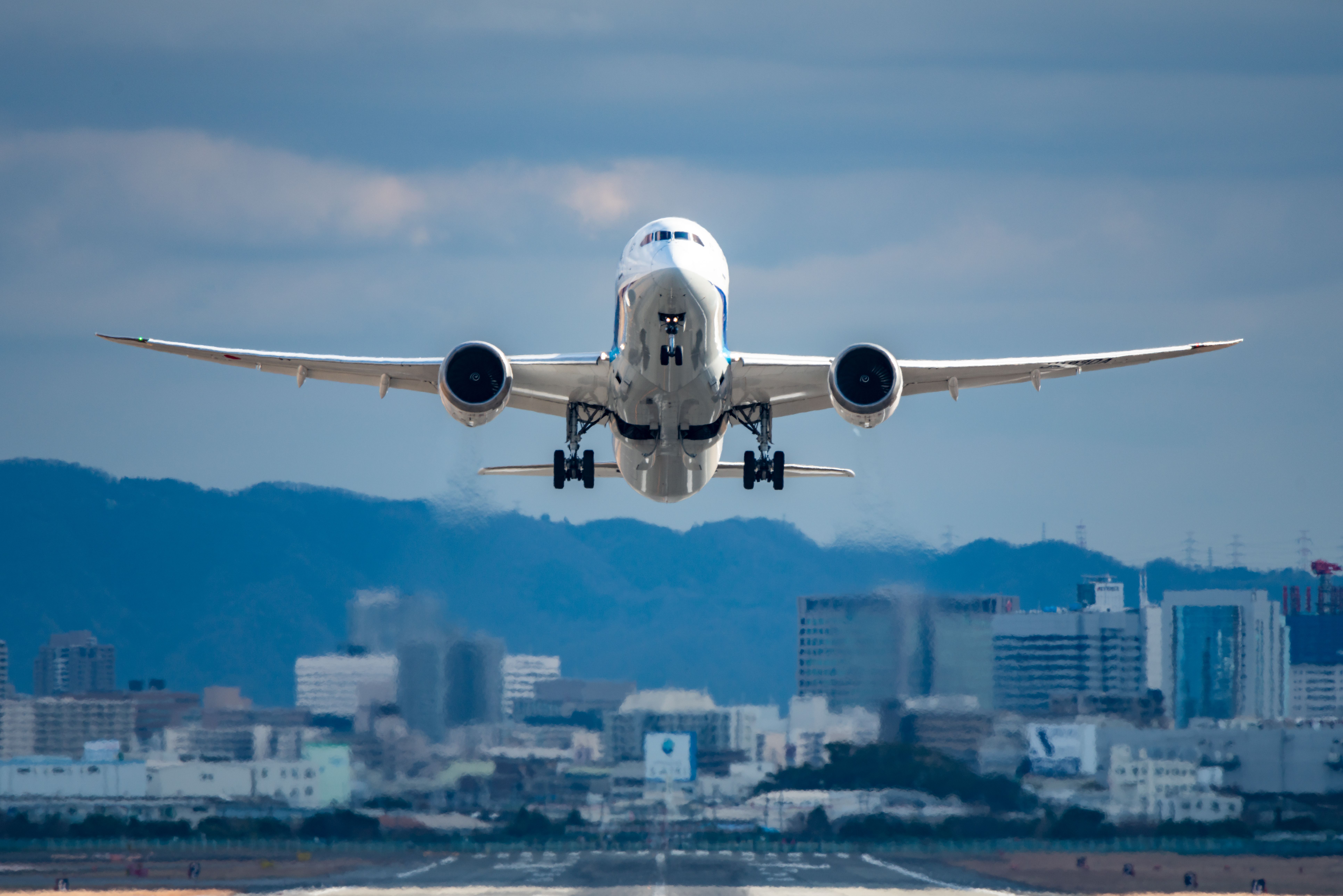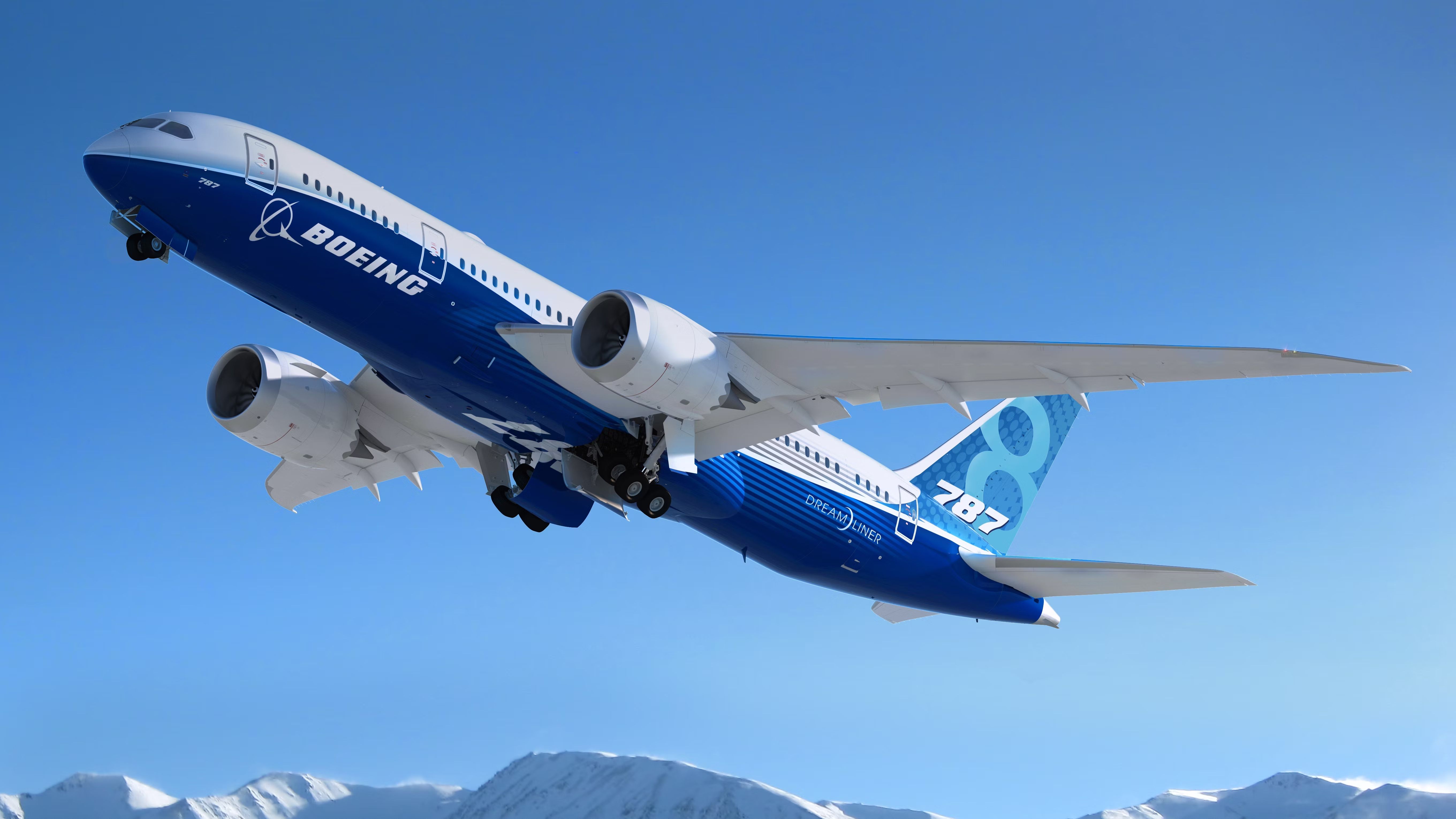Also known as the Dreamliner, the Boeing 787 is revered for having helped kick off the current generation of air travel, building upon the twin-engine, long-range revolution. While delays and massive budget underestimates bogged down the initial production, the Dreamliner has become one of the most popular widebody jets with airlines. But just what are the differences between its variants?
The 787-10 replaced the -3 variant
During the project's very early stages, Boeing envisioned three models for the aircraft known back then as the 7E7. E was said to represent the leap the aircraft would make in factors including efficiency, economy, and environmental standards. The proposed models were the 787-3, -8, and -9.
As we know, the former variant did not come to fruition. The 787-3 was meant for the Japanese short-range domestic market and would have suited smaller point-to-point carriers. Meanwhile, airlines carrying large numbers of passengers through hubs encouraged Boeing to make a model larger than initially planned, resulting in the 787-10 in place of the 787-3.
Want answers to more key questions in aviation? Check out the rest of our guides here!
Despite tentatively requesting 40, Emirates did not firm up one of its 787-10 orders; instead, it opted for 30 787-9s. Singapore Airlines thus became the 787-10's launch customer, taking delivery of the first example in March 2018. Data from ch-aviation shows that it now has a total of 21 Boeing 787 Dreamliners at its disposal, and five more are on order.
General specifications
The short-fuselage Boeing 787-8 Dreamliner, with its 56.7 meters of length, is slightly larger than its predecessor aircraft, the 767-300. Meanwhile, the mid-sized 787-9 is 62.8 meters long, with the stretched 787-10 clocking in at 68.3 meters. In terms of the passenger capacity of the respective Dreamliners, this translates to 242, 290, and 330 in a typical two-class configuration.
However, the ranges of the variants do not follow the same pattern. With a typical seating configuration installed onboard, the Boeing 787-8 Dreamliner has a range of 7,355 NM (13,620 km), and the Boeing 787-9 can fly for 7,635 NM (14,140 km). Meanwhile, the Boeing 787-10 has the lowest range of the three, clocking in at (an admittedly still rather impressive) 6,430 NM (11,910 km).
Get the latest aviation news straight to your inbox: Sign up for our newsletters today!
This is quite probably the reason for the popularity of the mid-sized Boeing 787-9 Dreamliner, which offers its operators an instrumental balance of both range and capacity. This mirrors the Boeing 737 MAX family, whereby the MAX 8 model (the second-largest of four variants) is by far the most popular version.
Other operational differences
However, one area where the larger 787-10 has the upper hand is its belly cargo capacity. It can take 13 pallets in the cargo hold, two more than the 787-9 and four more than the 787-8. To support their additional capacity, Boeing had to develop a more robust airframe for the two longer variants - the -9 and -10.
Of course, this makes no difference to the passengers in the cabin. Indeed, they all enjoy the same standards in terms of pressurization and quietness, as well as the LED lighting and modern windows that have made the 787 popular.
However, the not-insignificant difference in size does make for a greater distance between the nose wheel and the main landing gear. For pilots, as The Points Guy notes, this means they need to be extra careful when turning the aircraft around on more narrow runways, as the aircraft's turning circle won't be so tight.
Another positive about the Dreamliner range is the commonality of all three variants, meaning pilots can fly all variants without the need for additional training.
How well have the different versions sold?
Overall, the Boeing 787 family has been a major commercial hit for the American planemaking juggernaut. Thus far, Boeing has received orders for a total of 1,843 Dreamliners, spread across 424 787-8s (23%), 1,176 787-9s (63.8%), and 243 787-10s (13.2%). It has delivered just over 1,090 of these, with 395, 606, and 92 examples of these variants reaching their customers to date.
From these numbers, it's clear the 787-9 is the standout success from the Dreamliner range. Despite entering service four years later than the 787-8, the -9 has vastly outpaced its smaller counterpart in sales, primarily due to its range and capacity boost.
In recent years, Boeing has had to contend with several delivery pauses while it irons out various certification issues with the FAA. However, the Dreamliner remains as popular as ever with airlines, bringing in plenty of orders at the recent Dubai Airshow.
The longest variant - the 787-10 - has attracted significantly fewer orders than its two counterparts, making up only 13% of all Dreamliner orders. However, given that it was introduced in 2017 - several years after the first two variants - it is understandable why its numbers lag behind. Nonetheless, the plane's shorter range has put off potential customers, especially when its competitor - the Airbus A350-900 - comes out on top in this department.
Dubai Airshow standout
The 787 Dreamliner continues to attract new orders from elite airlines across the globe. At the recent Dubai Airshow 2023, several airlines committed to the widebody, including flydubai, Ethiopian Airlines, Royal Air Maroc, and Royal Jordanian, not forgetting Emirates upping its orderbook too.
Did you know only three airlines currently operate all three Dreamliner variants - All Nippon Airways (ANA), British Airways, and United Airlines? However, a fourth member will soon join the club; Air Canada, which already operates the -8 and -9 - placed an order for 30 787-10s due for delivery starting in 2025. Some consider Korean Air to already be the fourth member, operating the -9 and -10 alongside a single rare 787-8 Boeing Business Jet (BBJ), which may technically qualify the airline.
How many of the Dreamliner's models have you flown on? Do you have a particular favorite? Let us know your thoughts and experiences in the comments!

